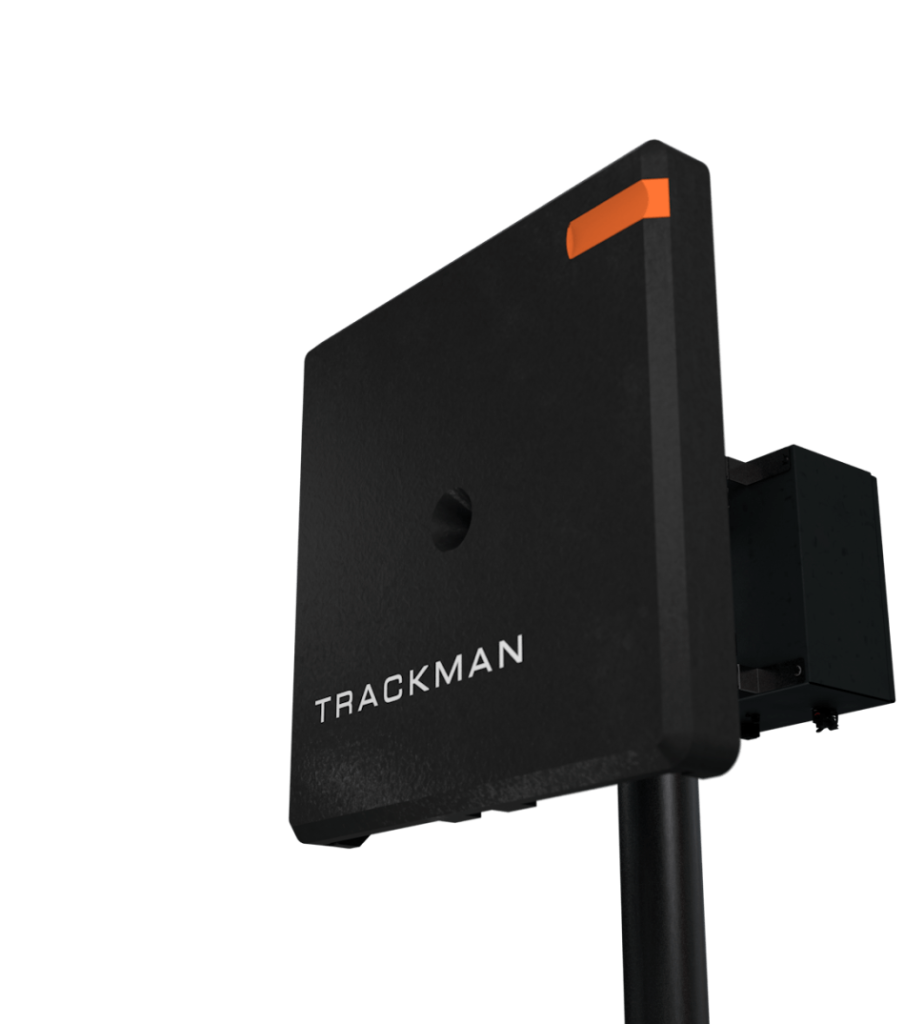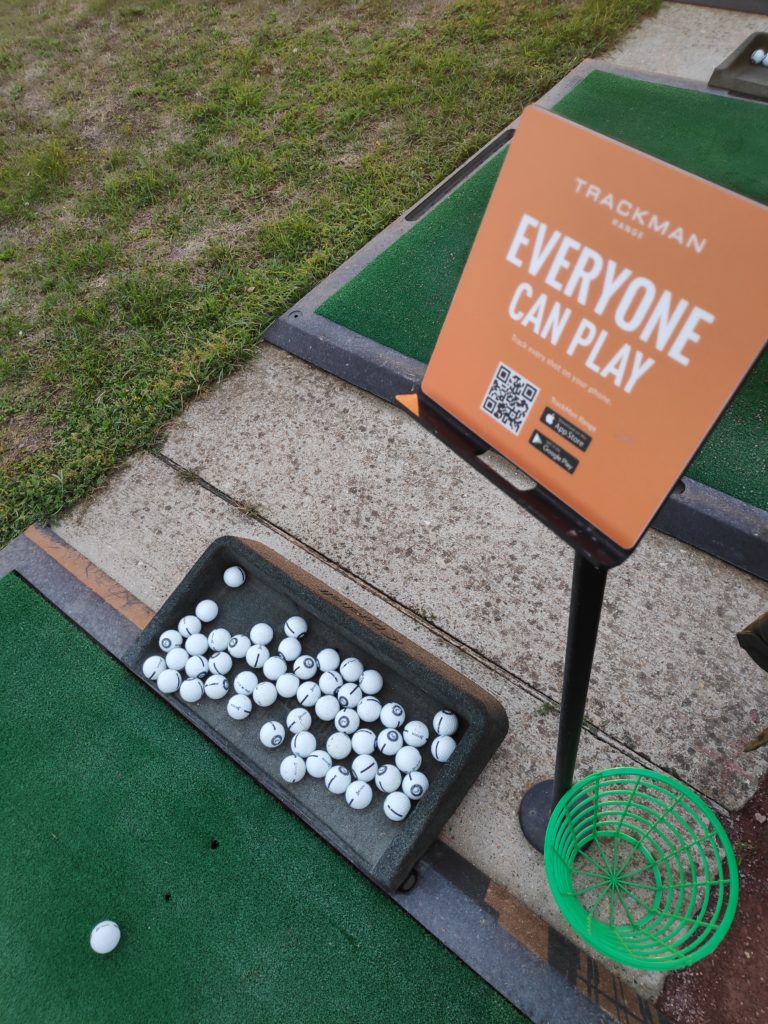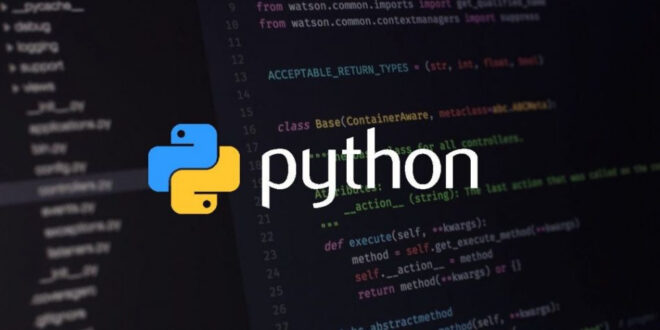PART 1 – Introduction
We can wonder a couple of questions about golf sport and data we start to gather as amateur or non-professional golfer:
- how can I hit my Driver or golf clubs longer?
- which are the parameters that can bring me more power to hit the golf ball?
- is there any relationship between my golf ball flight angle and the distance I can do?
- is what says my golf instructor is based on numbers, on facts or on intuitive observations?
- more generally, how the data I collect with Trackman (or any golf ball tracker) can be analysed?
In order to answer these questions, we need a couple of tools:

A driving range equiped with a golf ball tracker – TrackMan Driving Range will be perfect

Golf clubs and balls of course

A computer to execute machine learning models via Python language and Jupyter code execution tool helper
In order to give some beginning of answers of our questions, we have decided to use ML or Machine Learning. We can remember here that Machine learning is a branch of artificial intelligence (AI) and computer science which focuses on the use of data and algorithms to imitate the way that humans learn, gradually improving its accuracy.
